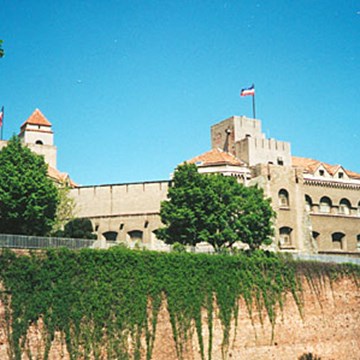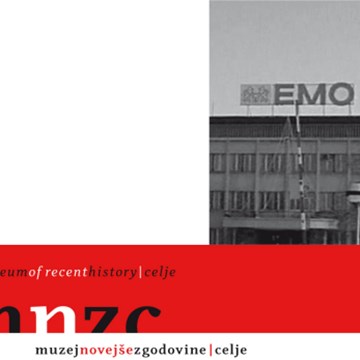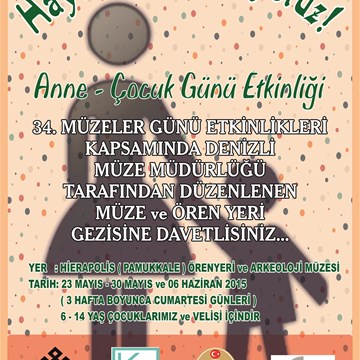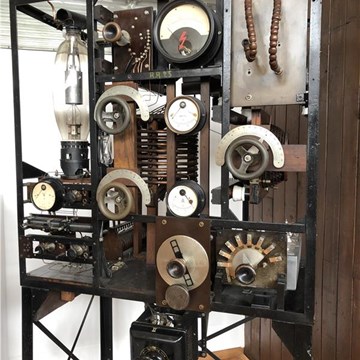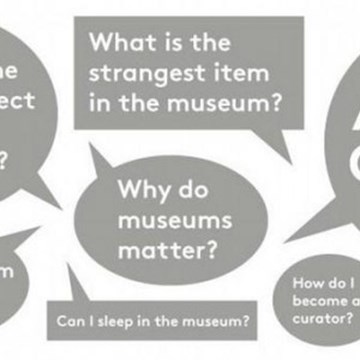The appearance of the real. Fifty years of realist art in Spain (1960–2010)
In collaboration with: 
Over the course of history, many artists have addressed the same challenge with different aims: to capture in their paintings the changing and fleeting appearance of reality – the outward aspect of things. Working with light, colour and perspective, realists defy the gaze, confusing viewers’ perception of the real and the represented. For some of them this has also signified a lifelong pursuit.
It has been for the three generations of Spanish realists featured in this exhibition, who were born in the 1930s (Amalia Avia, Julio and Francisco López Hernández, María Moreno, Antonio López, Claudio Bravo and Isabel Quintanilla), the 1940s (Cristóbal Toral, Eduardo Naranjo) and the 1950s (Gerardo Pita, Manuel Franquelo and César Galicia). Their works reflect a wish to capture everyday, intimate environments that are observed and reproduced simply because they are there – because they are part of daily life, which is what gives them their meaning. The paintings, drawings and sculptures selected reveal these artists’ varied contributions to exploring the real, their breath-taking technical mastery and their ability to create highly suggestive images imbued with illusionism and emotion.
But this exhibition is also an exchange of gazes between contemporary art and tradition. The favourite genres of the realists of the second half of the 20th century – still life, figures, domestic interiors and urban views, which make up the four sections of the exhibition – are rooted in the past: in Dutch art, Spanish Baroque naturalism (artists such as Zurbarán, Van der Hamen, Arellano and Meléndez) and 19th-century realism. The dialogue established between them illustrates how artistic techniques have progressively developed, from Baroque trompe l’oeil to hyperrealism, and how artists still share the challenge of capturing not just the appearance of the real but its essence.
Virtual tour
Exhibitions and events
We don't have anything to show you here.
Activities from this museum

Programa Educativo Museo Carmen Thyssen Málaga
Programa educativo



